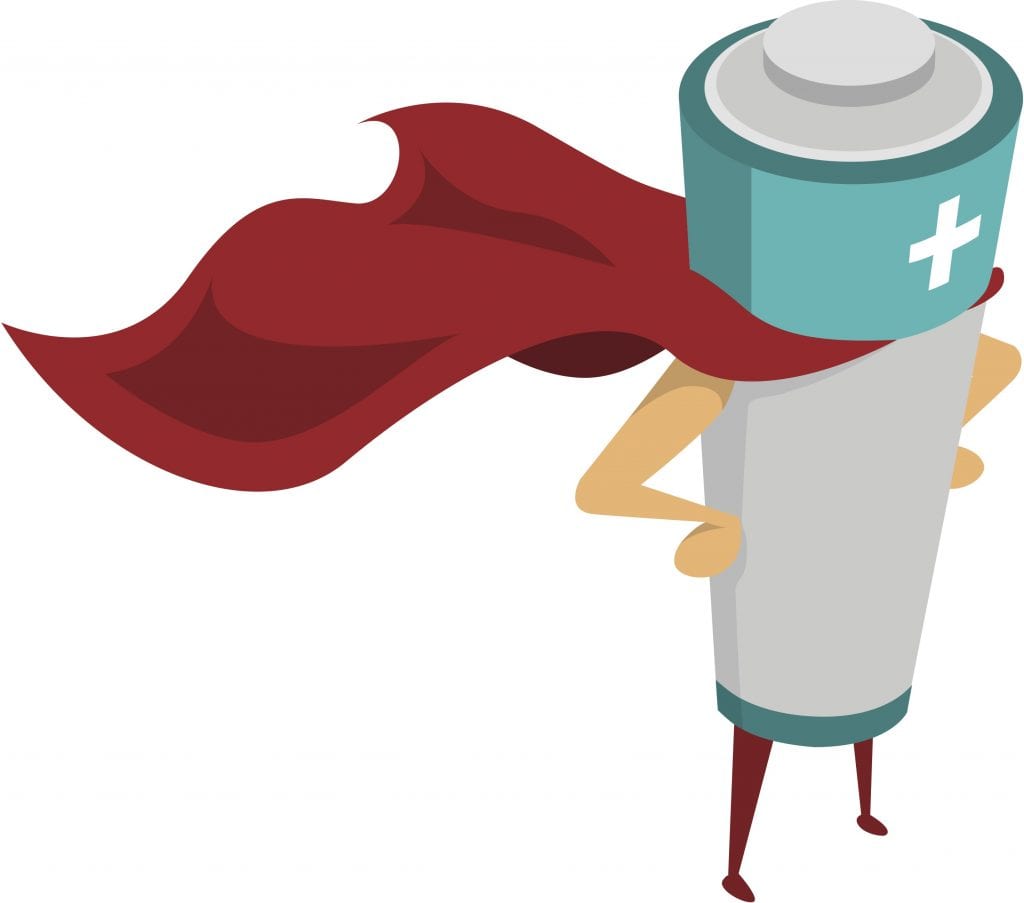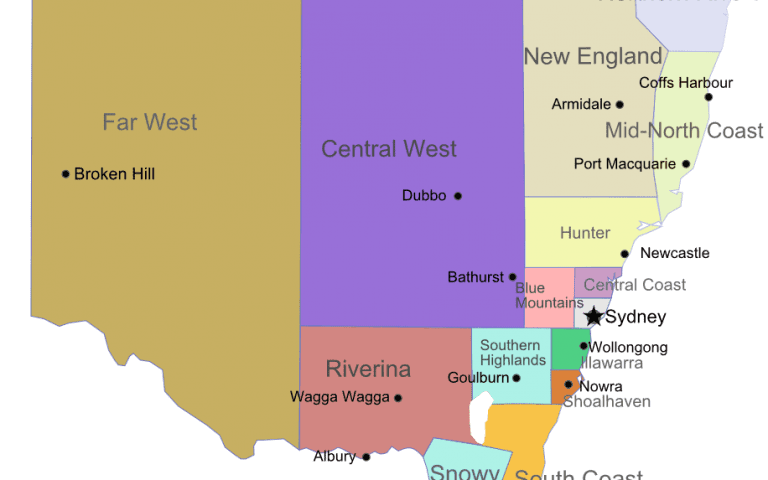NSW Battery Loan
The NSW State Government have recently introduced a pilot scheme designed to help home owners install solar and battery systems.
If you’re anything like me, you like to get straight to the point. So, bulleted below, are the key points of the NSW Government’s Empowering Homes scheme:
- What
- $14,000 towards solar system with battery
- $9,000 towards battery for existing solar system
- Where

- Hunter region, NSW (pilot scheme)
- All NSW (after pilot)
- Who
- Owner-occupier
- Earn <$180,000
- When
- March 2020 to March 2021 (pilot)
- March 2021 to ??? (after pilot)
- How
- Installer registered with the scheme
Let’s expand on these a bit more…
What is the NSW solar battery loan / grant?
The purpose of the scheme is to aid the transition to a green, clean, renewable economy. Solar PV is great, and adding batteries maximises the free electricity generated, as well as helping the grid. Solar PV is already very affordable, so this scheme focusses on the still-expensive battery component.
If you don’t have solar, you can get up to $14,000 to install a solar system with a battery for your house.
If you already have solar, you can still get $9,000 towards adding a battery to your existing system.
This money comes in the form of an interest-free loan – the $14,000 over 8 years, the $9,000 over 10 years. This works out at $150/month and $75/month respectively.
Note you can’t get this for a solar install without a battery – the battery is mandatory. However, you can get any battery you want – LG Chem, sonnen, BYD, Tesla, whatever!
The Government predicts this will save homes between $250 and $2,000 per year, depending on their electricity usage.
Who is eligible for the NSW solar battery loan?
If you’re one of the ~2/3 million people who live in the Hunter region in NSW, you may be eligible for the pilot scheme. Unfortunately, at this time, not everyone in the Hunter region is able to take part – only those living in 2264, 2265, 2267, 2278, 2280, 2281, 2282, 2283, 2284, 2285, 2286, 2290, 2295, 2306, 2311, 2312, 2314, 2315, 2316, 2317, 2318, 2319, 2320, 2321, 2322, 2323, 2324, 2325, 2326, 2327, 2328, 2329, 2330, 2331, 2333, 2334, 2335, 2336, 2337, 2338, 2415, 2420, 2421, 2422, 2423, 2424, 2425, 2426, 2427, 2428, 2429, or 2430, can apply. You can check your eligibility here.
However, once this scheme has proved successful, it is presumed it will open up to all of NSW.
There are two main requirements (apart from your location) to be eligible for this scheme. First, you must be the owner-occupier of the property – so no rentals, and no holiday homes. Secondly, you need to have an income of <$180,000 – millionaires need not apply (don’t worry, you can just buy your own outright – contact us!)

When can I get the NSW solar battery grant / loan?
The pilot scheme kicked off in March 2020, and is planned to run for a year, meaning it is ~1/3 of the way through. Once the pilot is over, the scheme will be extended. It’s not currently known how long the full scheme will last, but the Queensland one lasted a year, and the South Australia started in 2018 and is still going strong.
How can I get the NSW solar battery grant / loan?
The system must be installed by an installer registered with the NSW scheme. For the pilot there are limited installers available – you can choose from HCB Solar, MV Solar, Natural Solar, Smart Energy Group, or Sunbank Solar.
Luckily, when the pilot is over and the full scheme begins, they will open up to more installers, and there’s one name you can be sure will be there – GI Energy!
Is battery storage worth it?
The answer to this question depends on what your motivation is to buy batteries. With no extra Government support, the financial side of the argument for battery storage is difficult to justify. However, with an interest free loan available and really low repayments possible, this calculation changes.

As you can see form the table above, you can drastically improve your household cashflow by utilising the interest free loan. The assumptions here are that the loan is paid back over 8-years, and the savings are very approximate. Please note: all households are very different and the savings figures will vary massively depending on many factors. Please use this as a guide only and get in touch for more accurate information.
It is also worth noting here that the solar panel part of this estimated saving is far greater than the battery part of the saving. The cost vs. savings for batteries and solar panels when you break it down favours the solar panel part of the outlay massively. What I mean by this is; the batteries wont save you as much money as the panels, and will cost a lot more. However, the interest free loan means you need a battery system, and the interest free money is a big drawcard here. If you have the money in your bank and you want to buy solar panels purely for the financial return, then you should do a comparison here and make an informed decision whether batteries are worth it for you or not. However, if you want to interest free loan, you will need to buy batteries!
Other reason people buy batteries:
- Back-up power when the main grid power fails
- Maximising your Co2 reduction
- Early adopters – people who love new technology and want the newest and best installed at their home.
- Stick it to the energy company – people who do not want to pay big energy companies and are not worried about a longer payback period as long as they reduce their bills as much as possible.
- Keeping up with the trends – all my friends have a battery, now I want one!
- Investment homes – when people are building high-spec homes to sell, they often want to include a solar and battery system to keep in line with the premium design of the home.
Summary
The NSW battery loan provides interest free money for certain homeowners to help pay for solar and batteries. The eligibility is quite tight right now, but we are hoping this will open up next year in 2021. Whether or not batteries are worth it, will depend on your individual situation and you will need to talk to an expert to help work this out for you.










